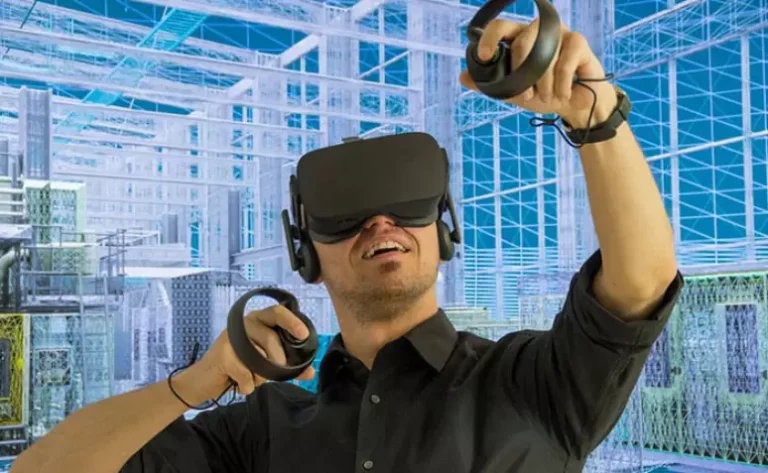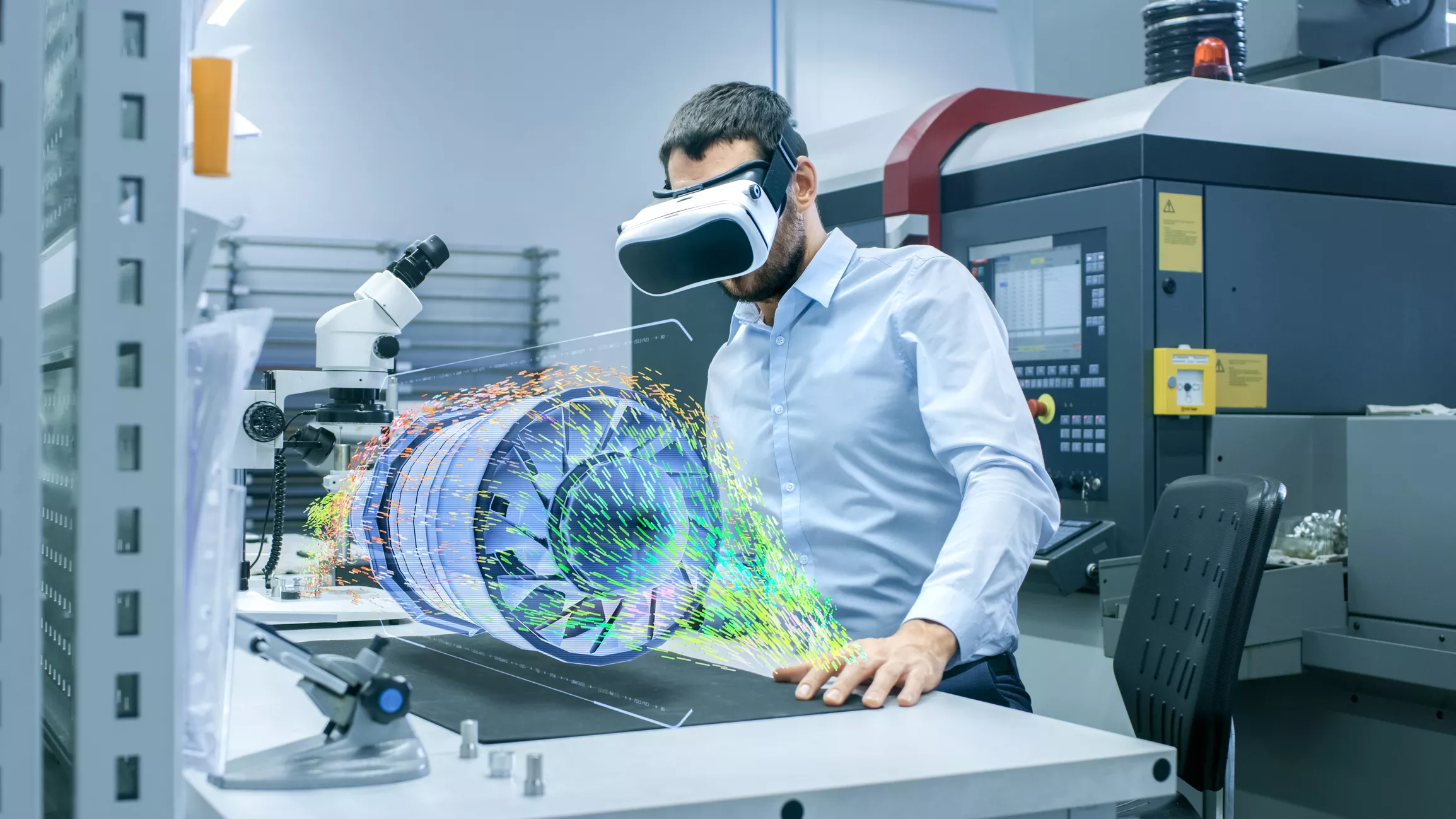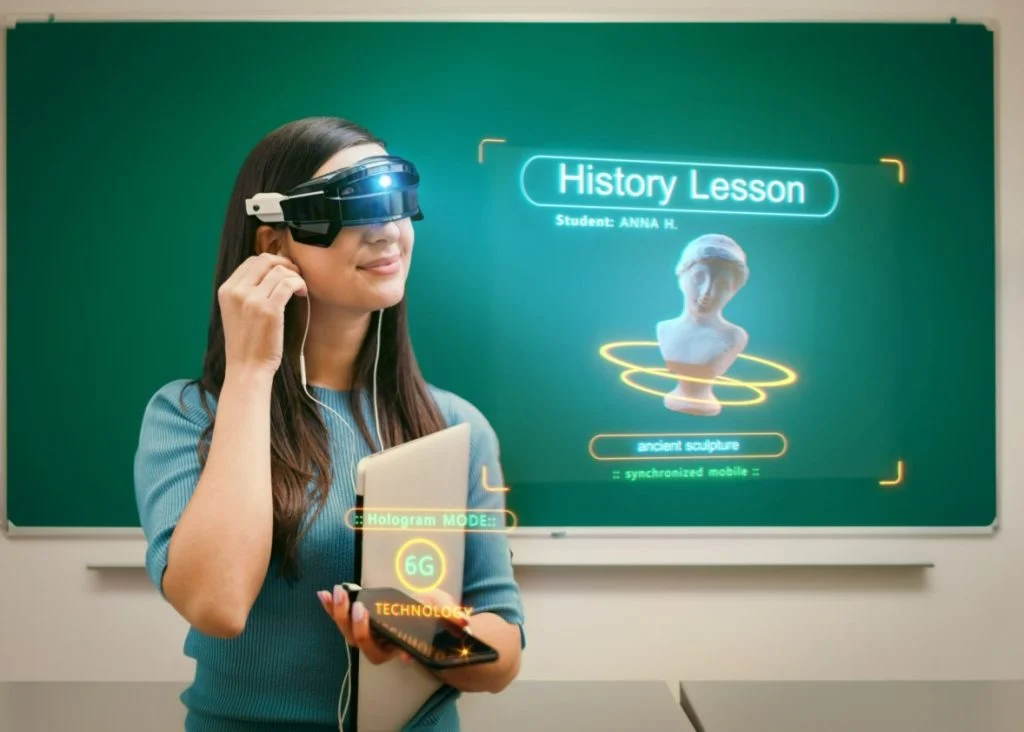
In recent years, the virtual reality (VR) has revolutionized several industries, and the education and training sector is one of the most impacted by this technology. VR has transformed the way students and professionals learn, providing immersive experiences that simulate real-life situations. This innovation not only improves engagement but also increases information retention, creating more effective and dynamic learning environments.
With the growing use of technological tools in education, virtual reality has proven to be a promising solution for overcoming traditional challenges, such as limited physical resources or lack of access to certain types of training. Furthermore, the ability to create personalized interactive scenarios makes learning more relevant and tailored to each individual's needs.
This article explores in detail the impact of VR on the education and training sector, highlighting its benefits, practical applications, and how you can implement this technology in your teaching or professional development processes. Discover how virtual reality is shaping the future of education and transforming training in various fields.
Virtual reality is a technology that uses devices such as VR headsets, sensory gloves, and controllers to create immersive three-dimensional digital environments. These environments simulate real-world or imaginary scenarios, allowing users to interact naturally with the space.
In education, VR offers a practical way to learn complex concepts. For example, in science courses, students can explore the solar system in a virtual environment or dissect organisms without the need for physical laboratories. The technology also facilitates the learning of practical skills, such as piloting airplanes or handling medical equipment, without the risks and costs associated with real-world training.
Interactivity is another essential aspect of VR. Students can actively participate in the learning process, experimenting with trial and error in a safe environment. This approach increases motivation and promotes a better understanding of the topics covered.

Studies show that immersive learning significantly improves information retention. This is because VR stimulates multiple senses simultaneously, facilitating memorization and understanding of abstract concepts.
Furthermore, virtual environments offer an interactive experience that keeps students engaged. Instead of simply listening to theoretical explanations, they participate in hands-on activities, making learning more dynamic and engaging.
Virtual reality allows schools and businesses to access content and training that was previously unfeasible due to logistical or financial constraints. For example, educational institutions in remote areas can offer virtual lab experiences without investing in physical infrastructure.
Companies can also train their employees in specific skills without the need for travel or high material costs. This democratizes access to knowledge and expands learning opportunities.
VR-based training simulates real-world scenarios, allowing participants to practice and familiarize themselves with complex or dangerous situations safely. For example, firefighters can train to fight fires in highly realistic virtual environments, reducing the risks involved in hands-on learning.

In primary and higher education, VR is used to enrich curricula with interactive experiences. Students can explore virtual museums, travel back in time to immersively study history, or learn chemistry in simulated laboratories.
These experiences not only make learning more engaging, but also help students develop skills like critical thinking and problem-solving.
Companies across a variety of sectors are adopting virtual reality to train their employees. In healthcare, for example, doctors can practice surgeries in virtual environments before performing real procedures.
In industry, VR is used to teach the operation of complex machinery or safety procedures in factories. These training programs increase efficiency and reduce the number of workplace accidents.
VR is also being used in language learning, creating environments where students can practice conversations with virtual native speakers or simulate everyday situations, such as ordering food in a restaurant or going for a job interview.
Despite its numerous benefits, virtual reality still faces challenges that may hinder its widespread adoption. One of the main obstacles is the initial cost of equipment and custom content development.
Another challenge is the learning curve. Not all teachers or instructors are familiar with the technology, which can lead to resistance or difficulties in implementation. Additionally, some people may experience physical discomfort, such as dizziness or nausea, when using VR devices.
However, with the advancement of technology and the reduction of costs, these challenges are being overcome, making VR increasingly accessible.
Virtual reality is transforming the education and training sector, offering innovative solutions to overcome traditional challenges. Its ability to create immersive and interactive environments significantly improves learning, increasing engagement and information retention.
Despite the challenges, the benefits of VR are undeniable. From basic education to advanced corporate training, this technology has already demonstrated its potential to revolutionize the way we learn and teach.
By adopting virtual reality, schools, universities, and companies not only enhance their educational processes but also position themselves ahead in an increasingly competitive and technological market. If you're looking for innovation and effectiveness in learning, virtual reality is the way of the future.